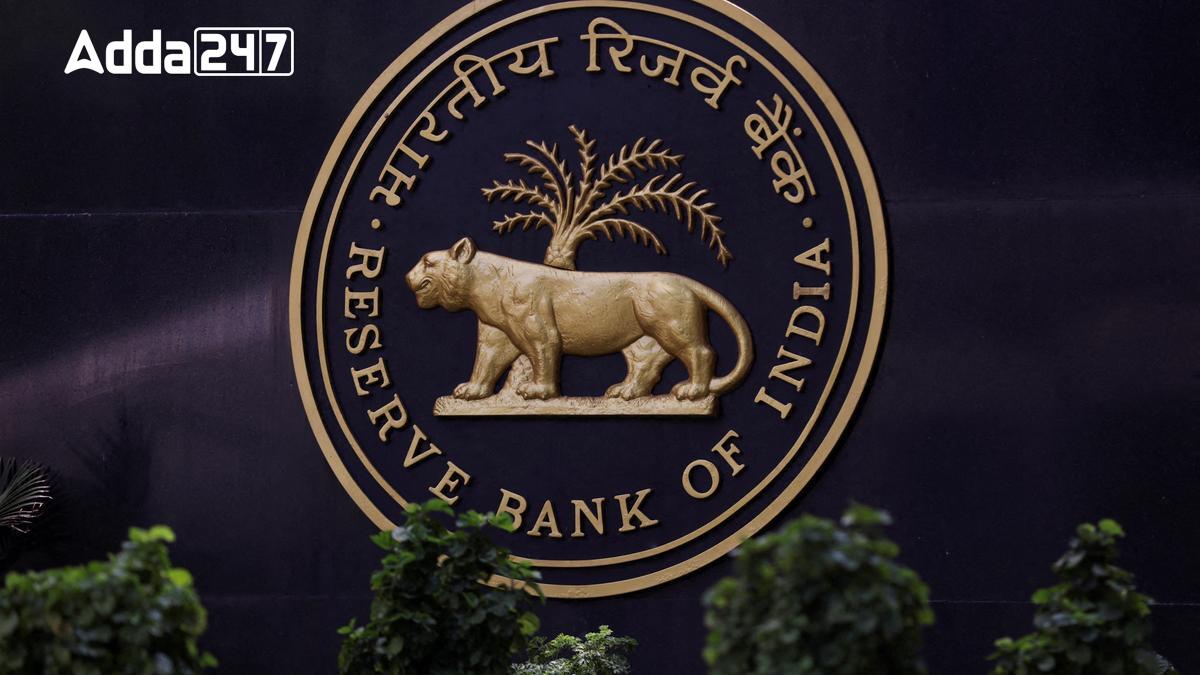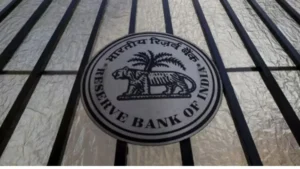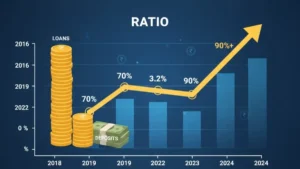In a significant move to strengthen the Know Your Customer (KYC) process, the Reserve Bank of India (RBI) introduced six amendments to its KYC Master Directions, effective November 6, 2024. These updates aim to streamline procedures, ensuring more efficient customer onboarding and aligning with the latest legal frameworks. The changes are designed to make financial transactions more secure, accessible, and reliable, benefiting both consumers and financial institutions.
What is KYC?
KYC (Know Your Customer) is a process used by financial institutions to verify the identity of their clients. It is a crucial step in ensuring that institutions are not being used for illegal activities, such as money laundering, fraud, or terrorism financing. KYC helps protect both the financial institution and its customers from potential risks related to financial crimes.
Importance of KYC
Preventing Money Laundering and Terrorism Financing: KYC helps identify and prevent individuals or entities involved in illegal activities from accessing financial services.
Customer Verification: It ensures that financial institutions know who their customers are, their activities, and any potential risks associated with them.
Regulatory Compliance: Financial institutions must comply with laws and regulations that require KYC checks to avoid legal penalties and maintain trust in the financial system.
Steps Involved in KYC
Customer Identification: Gathering details such as name, address, date of birth, and nationality.
Document Verification: Verification of government-issued identification documents, such as a passport, Aadhaar card, or voter ID.
Address Proof: Confirming the residential address through utility bills or bank statements.
Ongoing Monitoring: Periodically updating customer information and monitoring for suspicious activities.
Key Amendments in KYC Rules
Simplified Process for Existing Customers: Customers who have already completed KYC will no longer need to repeat the process when opening new accounts or availing additional services within the same institution. The introduction of a Unique Customer Identification Code (UCIC) will make the KYC process seamless across different services like mutual funds or insurance, though coordination between regulators like SEBI and IRDAI is still to be clarified.
Periodic KYC Updates: The RBI has introduced a risk-based approach for periodic KYC updates. High-risk customers will need updates every 2 years, medium-risk every 8 years, and low-risk every 10 years. The Board of Directors of financial institutions must approve these systems as part of their internal KYC policy.
Central KYC Records Registry (CKYCR) Integration: Financial institutions are now required to upload customer KYC data to the CKYCR for accounts opened after January 1, 2017. Updates to customer KYC details will also be reflected in the CKYCR, ensuring that other entities linked to the customer receive timely updates. The institutions have seven days to update the information upon receiving changes.
Enhanced Monitoring of High-Risk Accounts: High-risk accounts, including those with unusual cash deposits or cheque requests, will undergo more intensive monitoring. Suspicious activities must be reported to authorities such as the RNI and FIU-IND, and the institutions are required to review their risk categorization every six months.
Change in UAPA Officer Designation: The designation of the Central Nodal Officer under the Unlawful Activities (Prevention) Act has been updated from “Additional Secretary” to “Joint Secretary” as per a corrigendum issued earlier this year.
Background and Future Impact:
These amendments build on earlier efforts to combat money laundering and terrorist financing, marking a continuation of the RBI’s commitment to modernizing KYC processes. While previous revisions focused on tightening identification measures, the current changes further simplify the process and improve security through the integration of KYC records. The goal is to provide a robust framework that keeps pace with evolving legal and regulatory requirements, ultimately making banking services faster and more secure for customers.
Summery of the News
| Why in News | Key Points |
|---|---|
| RBI updates KYC Rules (Nov 6, 2024) | 1. RBI amended KYC Master Directions to streamline verification and enhance security. 2. KYC updates based on risk levels: High-risk (2 years), Medium-risk (8 years), Low-risk (10 years). 3. KYC details must be uploaded to CKYCR within 7 days of updates. 4. Unique Customer Identification Code (UCIC) introduced for seamless KYC across services. 5. No need for resubmitting KYC documents unless information is outdated or requires enhanced due diligence. 6. Designation of the UAPA central nodal officer changed from Additional Secretary to Joint Secretary. |
| Key Amendments | 1. Customer Acceptance Policy: Simplified process for KYC-compliant customers. 2. KYC Periodic Updates: Risk-based approach to periodic KYC updates for customers. 3. CKYCR Integration: Financial institutions must upload KYC information to CKYCR. |
| Additional Static Facts | 1. UAPA (1967): Unlawful Activities (Prevention) Act – Deals with terrorism and unlawful activities. 2. Prevention of Money Laundering (Maintenance of Records) Rules, 2005 – Revised as per amendments for more effective compliance. |




 Delhi Government Brings Finances Under R...
Delhi Government Brings Finances Under R...
 Rising Loan-to-Deposit Ratios Put Pressu...
Rising Loan-to-Deposit Ratios Put Pressu...
 Karur Vysya Bank Cuts Base Rate and BPLR...
Karur Vysya Bank Cuts Base Rate and BPLR...







